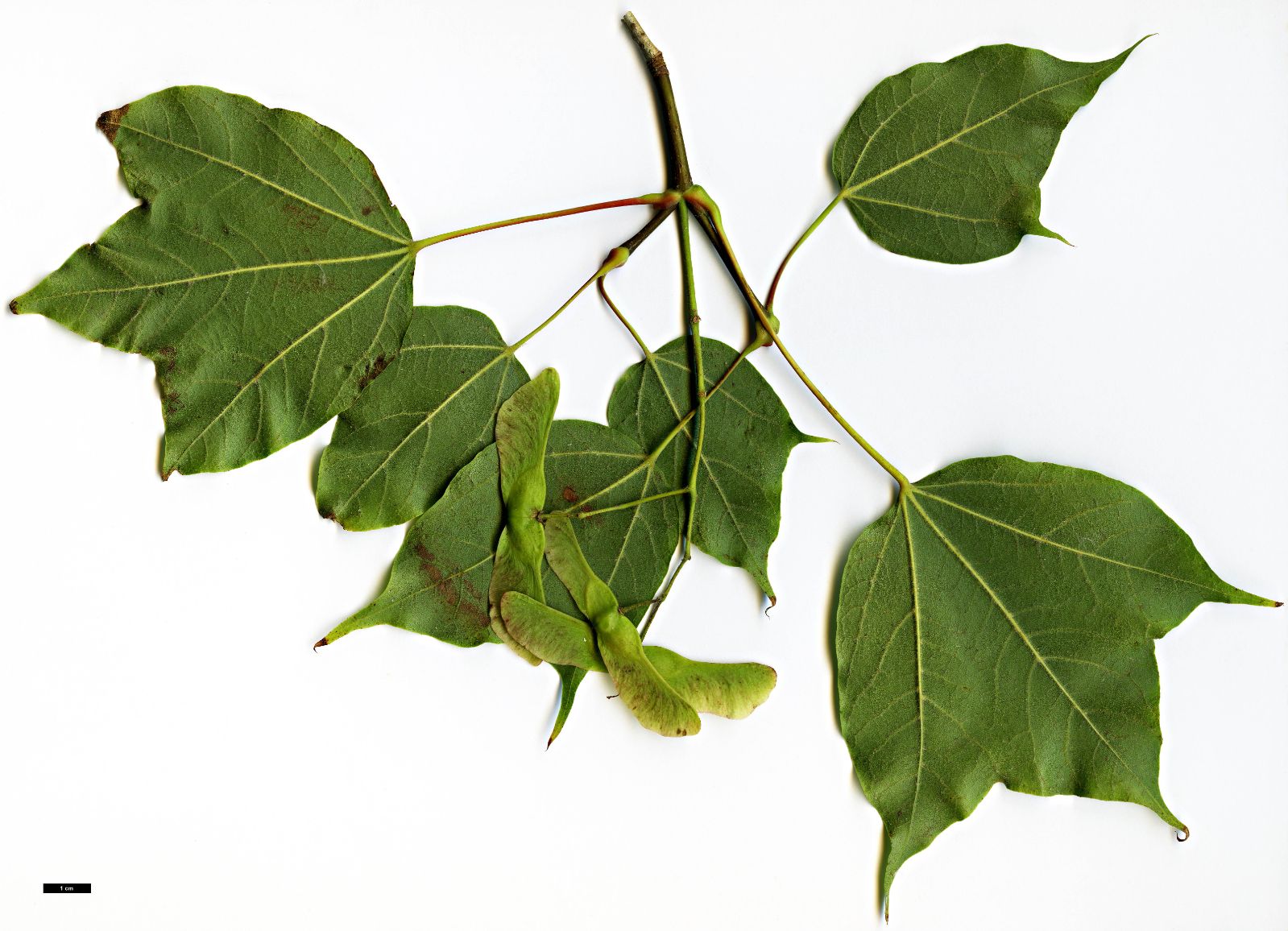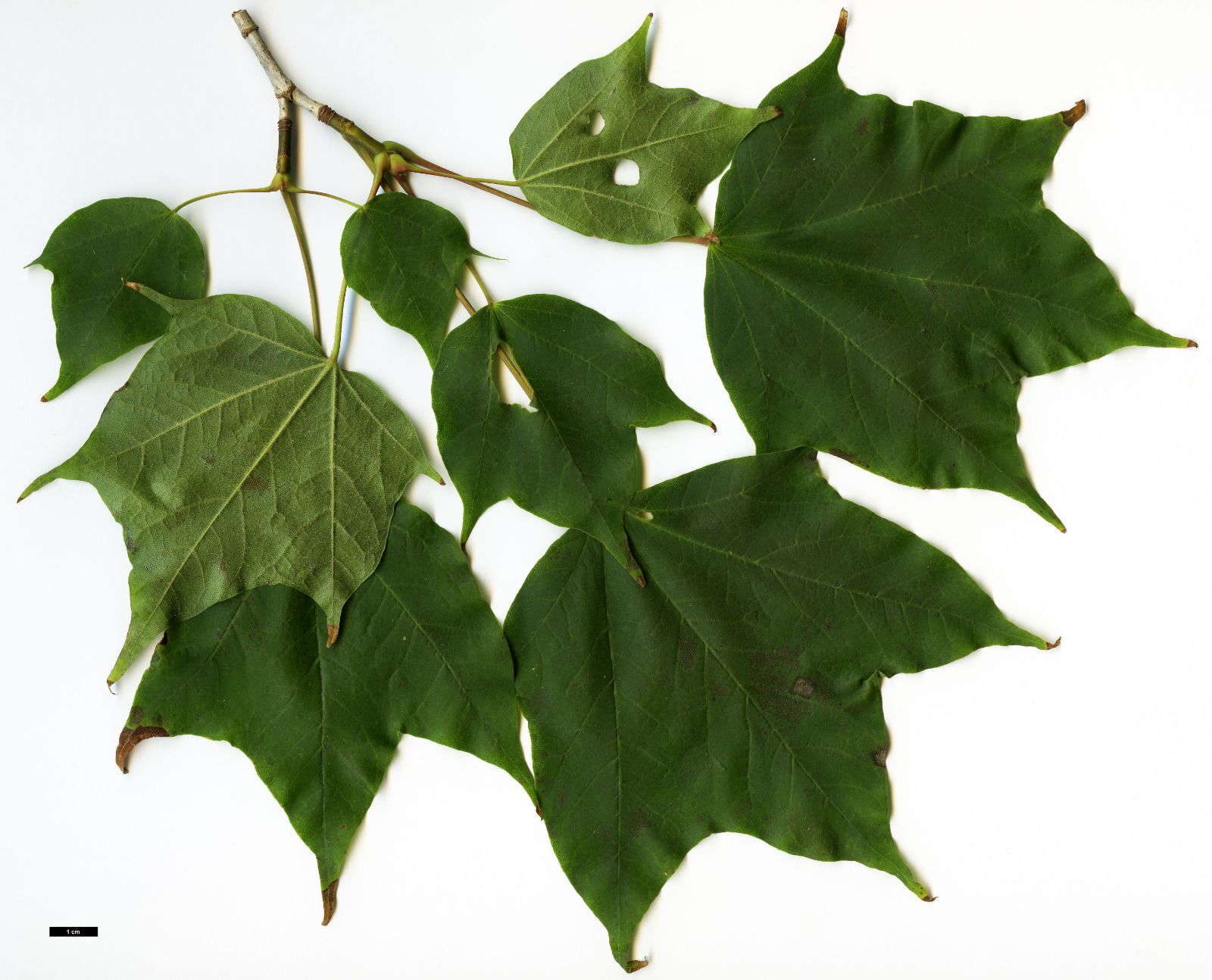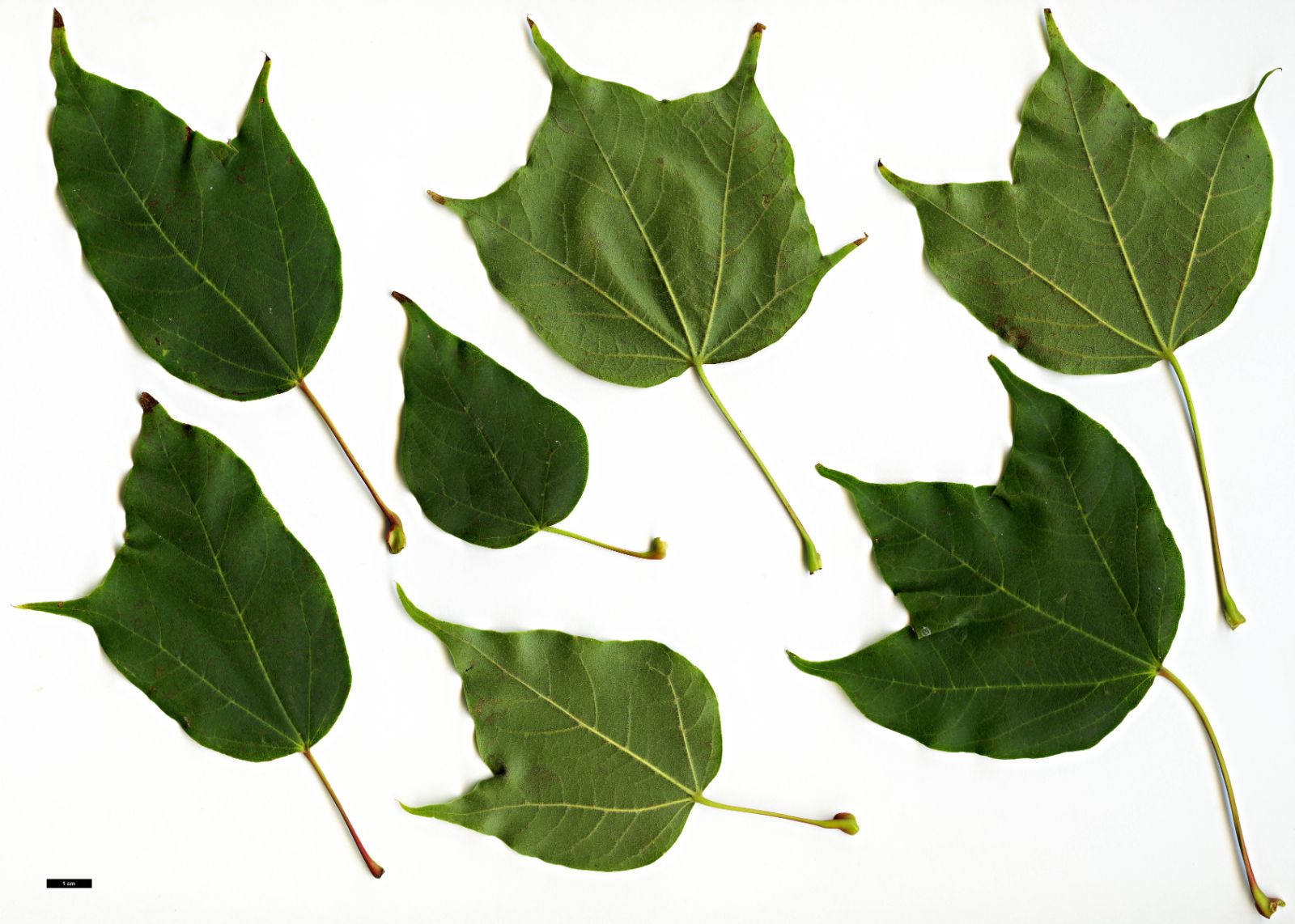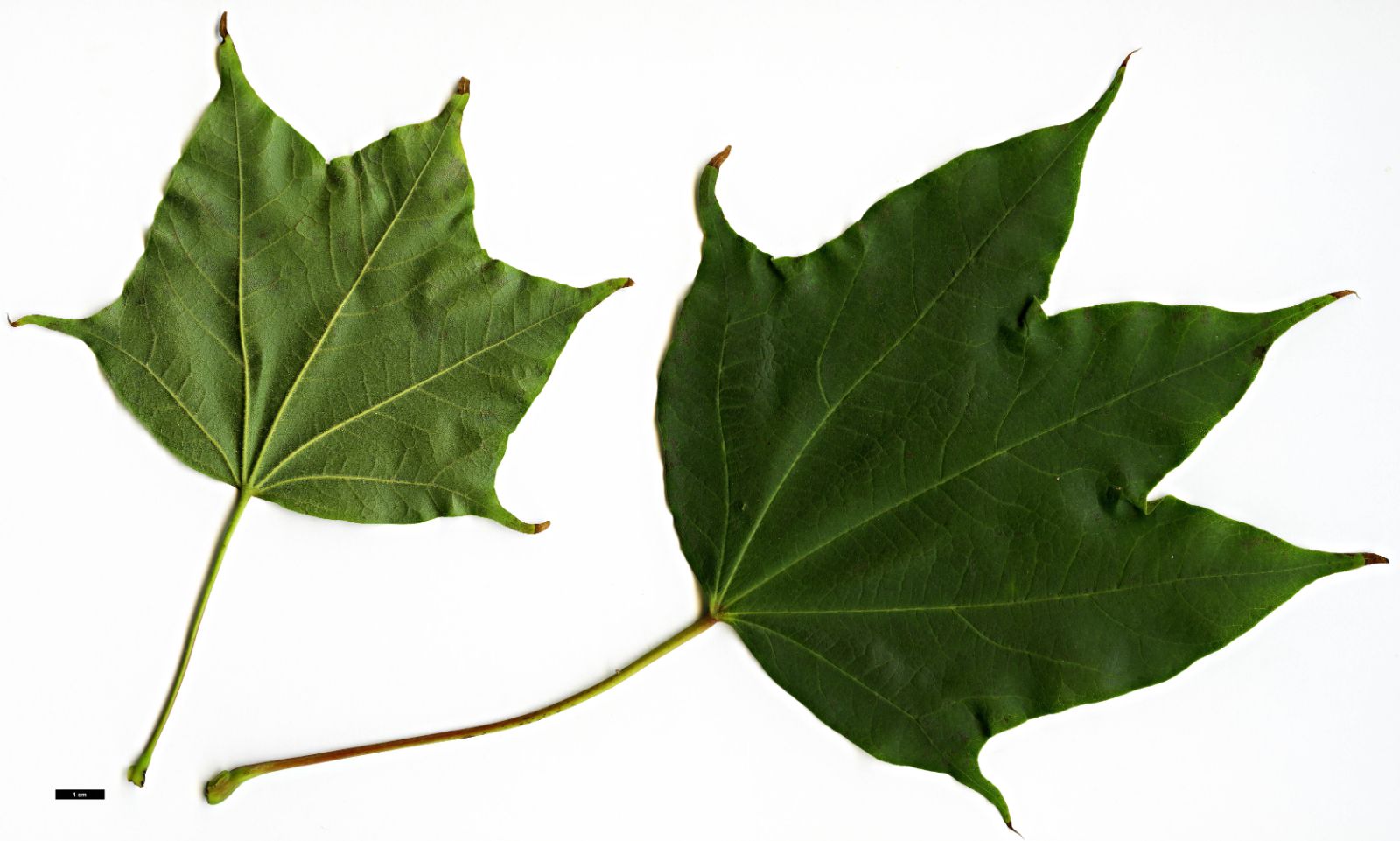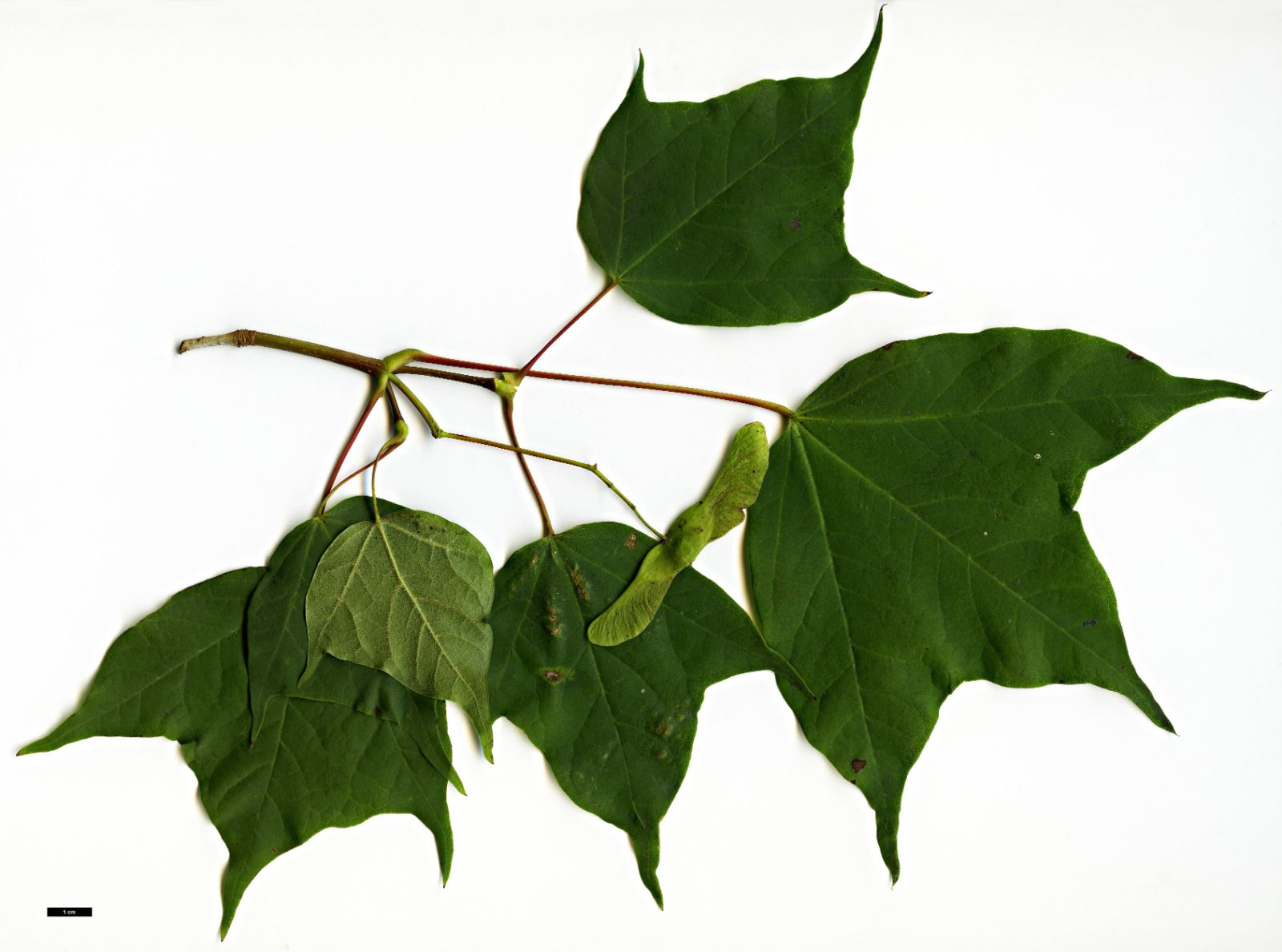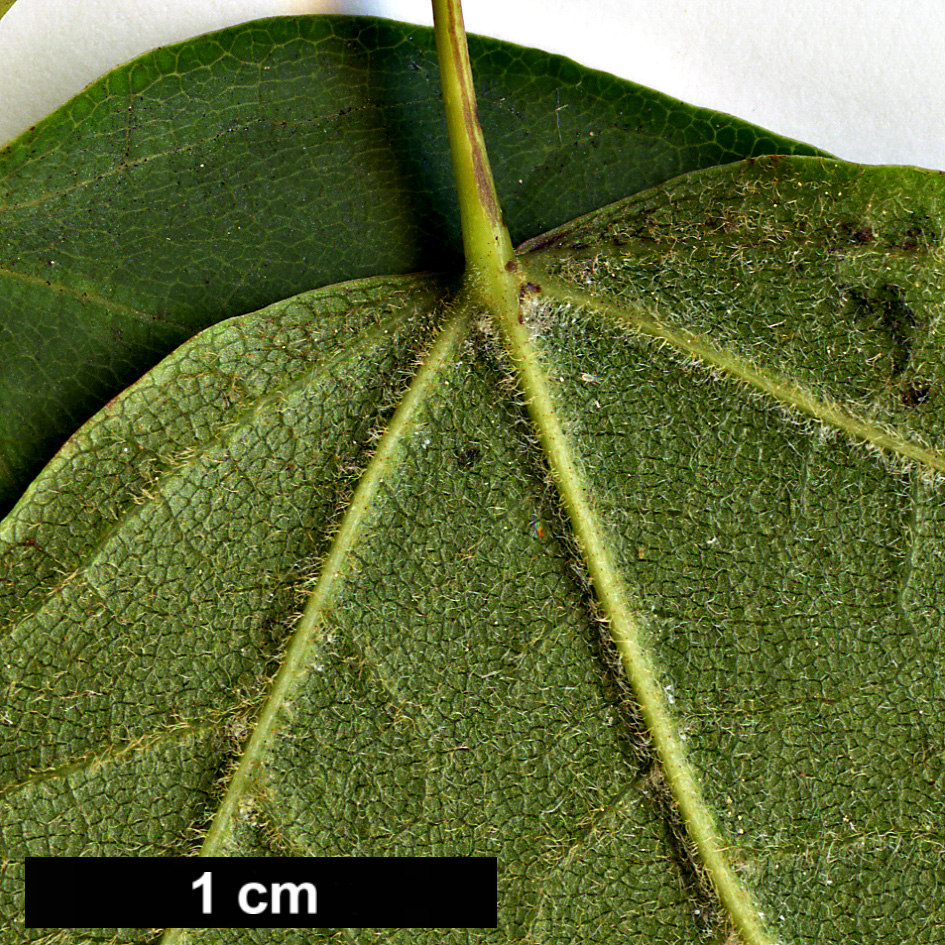Acer fulvescens
Sponsor
Kindly sponsored by
a member of the International Dendrology Society
Credits
Dan Crowley (2020)
Recommended citation
Crowley, D. (2020), 'Acer fulvescens' from the website Trees and Shrubs Online (treesandshrubsonline.
Genus
- Acer
- Sect. Platanoidea
Other taxa in genus
- Acer acuminatum
- Acer amplum
- Acer argutum
- Acer barbinerve
- Acer buergerianum
- Acer caesium
- Acer calcaratum
- Acer campbellii
- Acer campestre
- Acer 'Candy Stripe'
- Acer capillipes
- Acer cappadocicum
- Acer carpinifolium
- Acer 'Cascade'
- Acer caudatum
- Acer ceriferum
- Acer chapaense
- Acer chienii
- Acer circinatum
- Acer cissifolium
- Acer × conspicuum
- Acer cordatum
- Acer coriaceifolium
- Acer × coriaceum
- Acer crataegifolium
- Acer davidii
- Acer diabolicum
- Acer distylum
- Acer divergens
- Acer duplicatoserratum
- Acer elegantulum
- Acer erianthum
- Acer 'Esk Flamingo'
- Acer fargesii
- Acer fenzelianum
- Acer flabellatum
- Acer forrestii
- Acer franchetii
- Acer × freemanii
- Acer 'Gimborn'
- Acer ginnala
- Acer glabrum
- Acer 'Gold Coin'
- Acer granatense
- Acer grandidentatum
- Acer griseum
- Acer heldreichii
- Acer henryi
- Acer × hillieri
- Acer hookeri
- Acer hyrcanum
- Acer japonicum
- Acer kawakamii
- Acer komarovii
- Acer laevigatum
- Acer laurinum
- Acer laxiflorum
- Acer lobelii
- Acer longipes
- Acer macrophyllum
- Acer mandshuricum
- Acer maximowiczianum
- Acer maximowiczii
- Acer metcalfii
- Acer miaotaiense
- Acer micranthum
- Acer 'Mindavi'
- Acer 'Minorient'
- Acer miyabei
- Acer miyabei × campestre
- Acer monspessulanum
- Acer morifolium
- Acer 'Mozart'
- Acer oblongum
- Acer obtusifolium
- Acer okamotoanum
- Acer oliverianum
- Acer opalus
- Acer orientale
- Acer palmatum
- Acer papilio
- Acer pauciflorum
- Acer pectinatum
- Acer pensylvanicum
- Acer pentaphyllum
- Acer pentapotamicum
- Acer pictum
- Acer pilosum
- Acer pinnatinervium
- Acer platanoides
- Acer platanoides × amplum
- Acer platanoides × truncatum
- Acer × pseudoheldreichii
- Acer pseudoplatanus
- Acer pseudosieboldianum
- Acer pubinerve
- Acer pycnanthum
- Acer rubescens
- Acer rubrum
- Acer rufinerve
- Acer saccharinum
- Acer saccharum
- Acer sempervirens
- Acer 'Serpentine'
- Acer serrulatum
- Acer shenkanense
- Acer sieboldianum
- Acer sikkimense
- Acer 'Silver Cardinal'
- Acer 'Silver Ghost'
- Acer sinense
- Acer sinopurpurascens
- Acer spicatum
- Acer stachyophyllum
- Acer taronense
- Acer tataricum
- Acer tegmentosum
- Acer tenellum
- Acer tetramerum
- Acer tibetense
- Acer tonkinense
- Acer triflorum
- Acer truncatum
- Acer tschonoskii
- Acer turkestanicum
- Acer tutcheri
- Acer ukurunduense
- Acer velutinum
- Acer wardii
- Acer 'White Tigress'
- Acer wilsonii
- Acer × zoeschense
A deciduous tree to 20 m in the wild. Bark pale brown to yellowish-grey. Branchlets glabrous, lenticillate, turning grey to brown and woody by the end of the first year. Buds ovoid, with few pairs of imbricate scales. Leaves narrowly pentagonal in outline, base subcordate to rounded, 3– to 5-lobed, (6–)7–10 × 5–11 cm, margins entire, lobes triangular to ovate, apically acuminate, upper surface mid-green, lower surface pale green, softly fulvous pubescent, particularly along veins; petiole 3–9 cm long, slender, glabrous, exuding milky sap when broken; autumn colour clear yellow. Inflorescence terminal, corymbose, glabrous, many flowered. Flowers yellowish-green, 5-merous, usually andromonoecious, sepals elliptic to oblong, ~0.3 cm long, petals oblong to obovate, longer than sepals, stamens 8, inserted in the middle or outside the nectar disc. Samaras 2–5 cm long, wings spreading nearly horizontally. Flowering from April to May, appearing with unfolding leaves, fruiting from September to October. (Xu et al. 2008).
Distribution China Sichuan, south eastern Xizang
Habitat Temperate forests between 1800 and 3200 m asl.
USDA Hardiness Zone 6-7
RHS Hardiness Rating H6
Conservation status Least concern (LC)
Taxonomic note This species was treated as a synonym of Acer longipes by van Gelderen et al. (1994), though as distinct by Xu et al. (2008). The treatment of the latter authors is followed here. A. fulvescens subsp. pentalobum, under which collections such as SICH 0731 may be found growing, is a synonym of A. cappadocicum subsp. sinicum (Xu et al. 2008), rather than A. longipes, as treated by van Gelderen et al. (1994).
As a name, Acer fulvescens was temporarily almost lost from cultivation, with its inclusion in the synonymy of A. longipes by van Gelderen et al. (1994) being followed fairly consistently by growers of the species. Though some have since reverted to calling their plants A. fulvescens, in alignment with Xu et al. (2008), many plants remain labelled as A. longipes, which has also served as something of a catch-all name for several Asian Section Platanoidea species in cultivation. The key morphological difference between the two species is quite clear: A. fulvescens has shoots that turn brown and woody by the end of the first growing season; those of A. longipes remain greenish for several years. Further, the bark of A. fulvescens is more or less smooth, whereas that of A. longipes is roughly fissured with age. Rehder, in Sargent (1913), states that the leaves of A. fulvescens are typically smaller than those of A. longipes, while the pubescence in the latter species is greyish, whereas in A. fulvescens it is yellowish or fulvous, hence the epithet.
The species was introduced by Ernest Wilson in 1908, who collected it three times, under numbers W 1004 (the type), 1907 and 1162 (Sargent 1913). The vast majority of plants in cultivation are understood to come from Wilson collections, though unlikely his 1907, which was made in July and quite probably too early for ripe seed. Herbarium specimens of W 1162 and 1907 differ from that of the type in their puberulous inflorescences and an old tree at Borde Hill, purchased in the Aldenham sale of 1932, resembles the type in leaf characters and its glabrous inflorescence. This was the only tree known to Bean (1976) and several trees in cultivation are derived from it, including a fine grafted plant at Westonbirt Arboretum, Gloucestershire. Another plant, thought to be of different origin (i.e. W 1162 or 1907) grew at Arley Castle, Worcestershire, and was successfully grafted by Keith Rushforth in 1975 and planted in Ten Acres at the Hillier Gardens in March 1981, where it is still growing happily. Further plants of this origin have been shared with Chevithorne Barton, Tregrehan and Windsor Great Park. (K. Rushforth, pers. comms. 2020). A young plant of non-Wilson origin grows at Tregrehan, Cornwall, while H&M 2208, collected at 2140 m in Sichuan in 2000 grows at Howick Hall, Northumberland.

